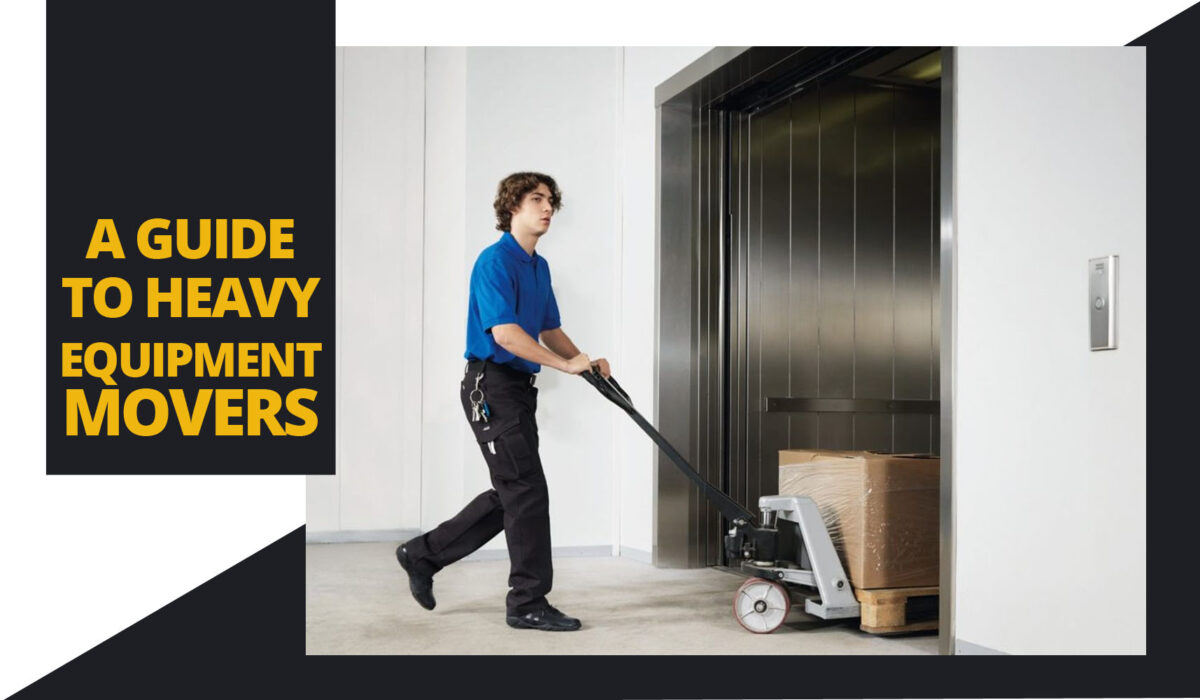The highest rates of fatal accidents are recorded while moving industrial objects to and from large-scale workstations. Most of these accidents happen while operating the Heavy Equipment Movers. Even a minor oversight can turn the situation from bad to worse. In a nutshell, the transportation of heavy equipment is a complicated task and performed only after gaining necessary awareness about the type of movers.
Which Heavy Equipment Mover should I Buy?
The most crucial part of the process while you move the heavy equipment is to look around the inventory and choosing the right equipment that suits the job. Every other thing comes later. If you are using the wrong equipment, your personnel are most likely to get injured or damage the equipment. Using the right inventory is essential to ensure stress-free and safe transportation. Here are some commonly used heavy equipment movers, along with some of their potential benefits.
1: Air Bearings/Air Casters
In a plain environment, there is often a need to move heavy machinery to either optimize the floor space or for maintenance purposes, this is where the air bearings come in handy. Also known as the air casters, the Air Bearings are zero friction lifting devices that work similarly to the hovercrafts. These air bearings are used to lift and move heavy equipment on non-porous surfaces. They use compressed air to lift the equipment and help to move them around a flat surface with minimal force.
Benefits
- Easy motion: Unlike the wheel casters, the loads carried on air bearings are way easier to maneuver because of the minimal force that is required to move them around. You just have to apply force in the direction that you want to move.
- Compact: Air Bearings can fit and move comfortably in tight and compact spaces, saving a lot of time and effort.
- Minimal Damage to Flooring: Loads carried on air bearings are suspended into the air with no contact to the ground. There is no friction, which greatly reduces the chances of damaging the floor.
2: Machine Skates
The load-moving or machine skates are quite popular and most frequently used in nuclear workplaces. They typically use nylon or steel wheels. This is an economical equipment option. If your business goes ahead with this option, your personnel would only have to transfer the load on the skates by lifting it with jack, heavy machinery can be transported with minimum input.
Benefits
- Easy to Operate: The machine skates are quite easy to use as no specialized training is required to operate them. There are, however, straightforward safety checks that you need to keep in mind. An added advantage is that the steering can be easily controlled by the steering bar.
- Versatile: There is a wide range of machine skates available in the market. They are designed to carry overweight machines and other loads. Machine skates can also be combined in a setting to carry heavier loads or to make tricky moves.
3: Moving Casters
This heavy equipment mover contains a wheel and caster. It is fitted at the bottom of the machine or equipment that is meant to be moved, and then the force is applied. It is a straightforward device that is highly effective, especially when it comes to transport heavy machinery within the intended workplace.
Benefits
- Time-effective: With the frequent need to move around equipment in a facility or a working space, moving casters save a lot of time as the loads can be moved faster using them.
- Durability: The most notable advantage of a moving caster is the durability, and industrial casters can handle up to 100,000 pounds of weight. They are known to last longer than the alternatives.
- Multipurpose: almost anything can be moved once a wheel is attached to it.
- Frequent use: if you have a business where moving is a norm within your organization or to newer places, then this is the best option.
It is also a good idea to talk to a consultant or book or free appointment when you plan on investing in heavy equipment movers. They usually have trained staff, and often, certified personnel to look into these matters. Whether you plan on moving machinery from the construction industry, to and from a factory, a powerhouse house or anywhere else, it is always better to gain some insight about the weight of the objects you intend to move and then choose a mover. Not only do they have the right amount of knowledge, but they understand which equipment can be transported hassle-free with their complementary movers. Remember that heavy equipment movers are massive, of course, and prone to accidental damage. When your moving is in process, make sure the task is done with safety standards above everything.

